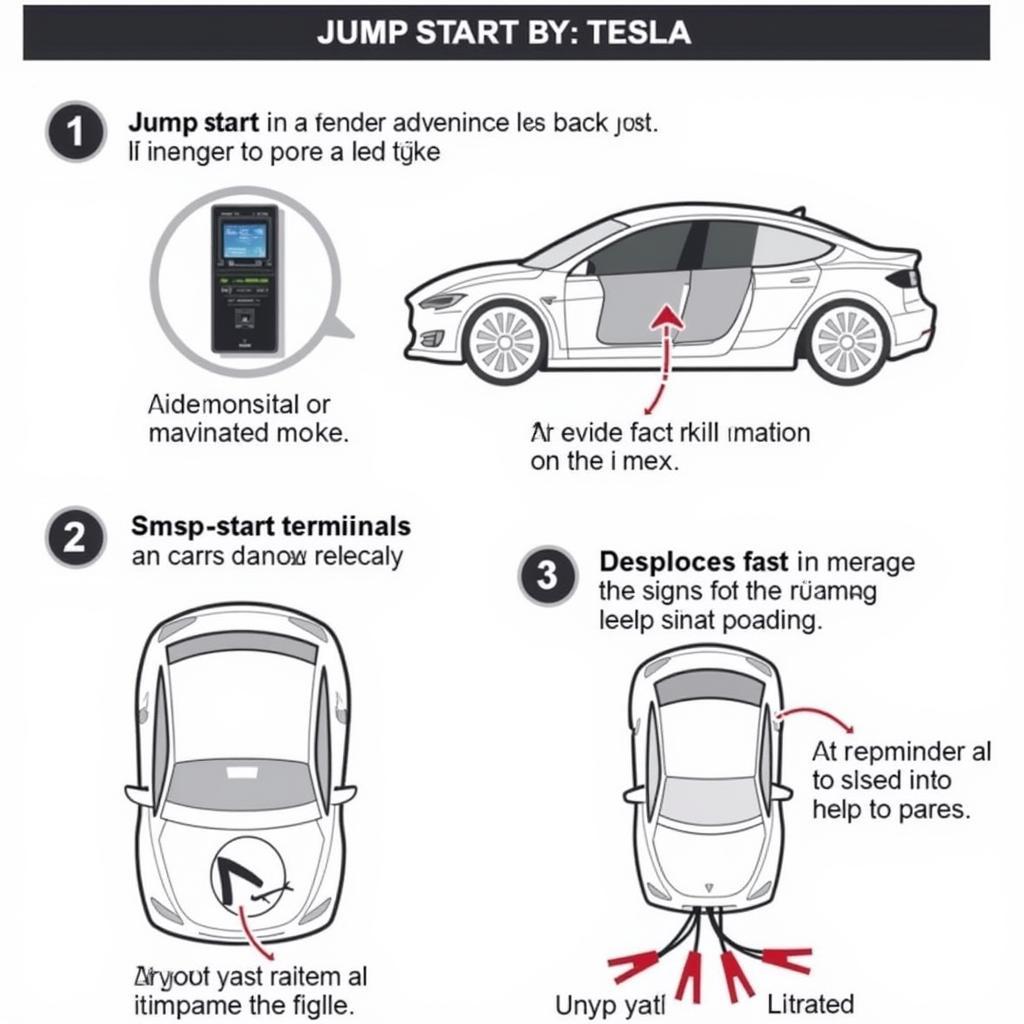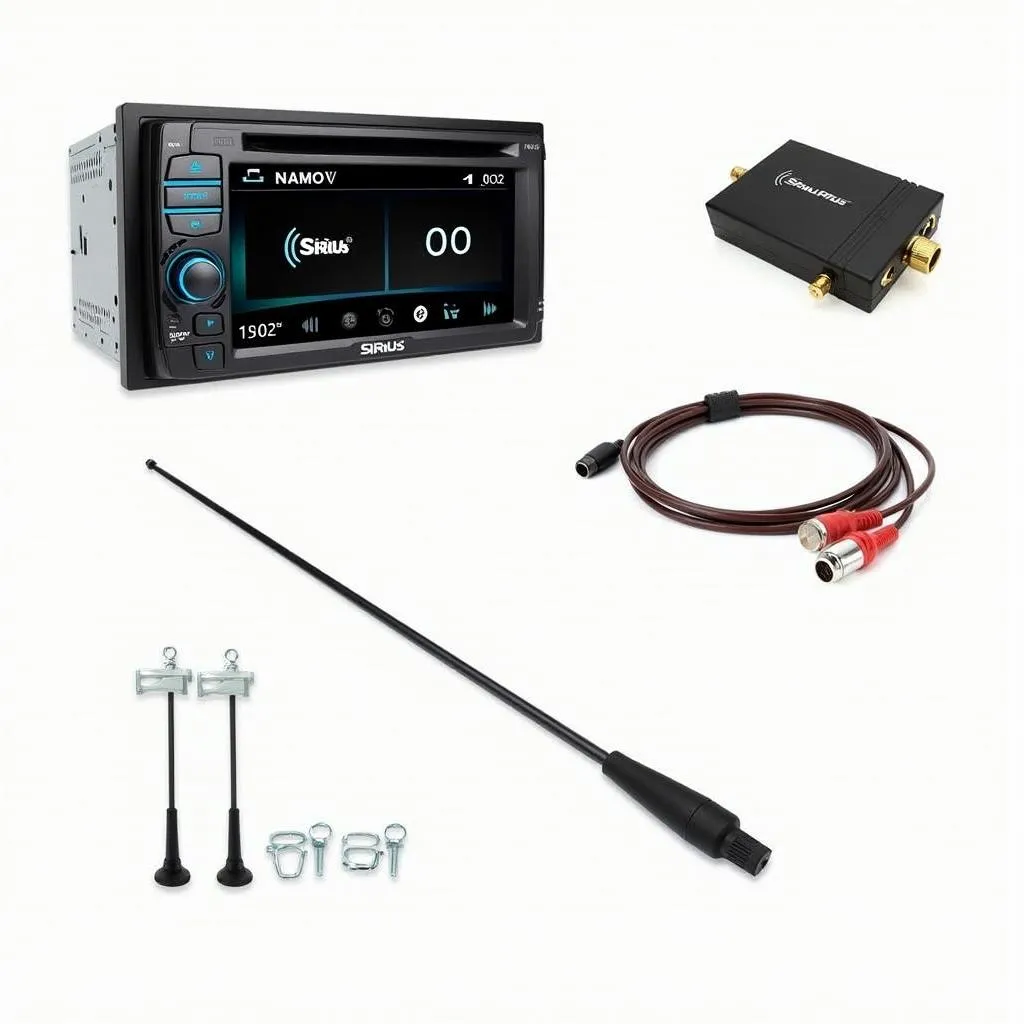The dreaded engine warning light, a symbol that can strike fear into the heart of any Seat driver. It appears on your dashboard as a stylized engine outline, often in a menacing shade of yellow or orange. While it might seem like a harbinger of automotive doom, the reality is often less alarming. However, ignoring this light could lead to significant and costly repairs down the line.
What Does the Seat Engine Warning Light Mean?
Your Seat is equipped with a sophisticated onboard computer system known as the Engine Control Unit (ECU). This system constantly monitors various engine components and their performance, looking for any deviations from the norm. When the ECU detects an issue, it triggers the engine warning light, essentially saying, “Hey, something isn’t right here!”
Here’s the catch: the engine warning light is a general indicator. It doesn’t pinpoint the exact problem. Instead, it serves as a signal for you to investigate further.
Common Causes of a Seat Engine Warning Light
While a plethora of issues could trigger the engine warning light, some culprits are more common than others:
- Oxygen Sensor Issues: The oxygen sensor plays a crucial role in monitoring the exhaust gases and ensuring the correct air-fuel mixture. A malfunctioning sensor can significantly impact fuel efficiency and engine performance.
- Loose or Faulty Gas Cap: You might be surprised to learn that a loose or damaged gas cap can trigger the engine warning light. This is because a poorly sealed gas cap can disrupt the fuel system’s pressure.
- Mass Airflow Sensor Problems: This sensor measures the amount of air entering the engine, which is essential for determining the optimal fuel-to-air ratio. A faulty sensor can lead to poor acceleration, rough idling, and decreased fuel economy.
- Spark Plug Issues: Worn-out or fouled spark plugs can cause misfires, leading to reduced engine power and a lit engine warning light.
- Catalytic Converter Problems: The catalytic converter plays a vital role in reducing harmful emissions. A malfunctioning converter can drastically impact engine performance and trigger the warning light.
What to Do When Your Seat Engine Warning Light Comes On
1. Don’t Panic: While seeing any warning light illuminate can be unnerving, try to remain calm. Pull over to a safe location when it’s safe to do so.
2. Check for Obvious Issues: Before jumping to worst-case scenarios, start with the simple things. Check if your gas cap is securely fastened. If it’s loose or damaged, tighten or replace it as needed.
3. Monitor Your Driving: Pay close attention to your car’s behavior. Are you experiencing any unusual noises, loss of power, rough idling, or difficulty starting? These details can provide valuable clues about the underlying problem.
4. Consult Your Owner’s Manual: Your Seat owner’s manual is your best friend in these situations. It often contains a section dedicated to warning lights, providing insights into possible causes and recommended actions.
5. Seek Professional Help: If the light remains illuminated or you notice any performance issues, it’s crucial to seek professional help immediately. Continuing to drive with a serious engine problem can exacerbate the damage and lead to costlier repairs.
Remote Diagnostics and Software Solutions
In today’s technologically advanced world, remote diagnostics and software solutions are playing an increasingly significant role in automotive repair. Specialized technicians, like those at CARDIAGTECH, can remotely access your Seat’s ECU to:
- Retrieve Diagnostic Trouble Codes: These codes provide specific information about the nature of the problem.
- Analyze Sensor Data: Experts can analyze real-time data from your car’s various sensors to pinpoint the root cause of the issue.
- Perform Software Updates and Programming: In some cases, the solution might involve updating your car’s software or reprogramming certain modules.
Don’t Ignore the Warning
The Seat engine warning light is not something to be taken lightly. While it might indicate a minor issue, ignoring it could lead to significant engine damage and expensive repairs. By understanding the common causes, knowing how to respond, and taking advantage of remote diagnostics and software solutions, you can address the problem promptly and keep your Seat running smoothly for miles to come.
FAQ
1. Can I drive my Seat with the engine warning light on?
It’s best to avoid driving with the engine warning light illuminated, especially if you notice performance issues. Driving under these conditions could worsen the problem.
2. How much does it cost to fix an engine warning light problem?
The cost of repair varies widely depending on the underlying issue. Simple fixes like a loose gas cap are inexpensive, while more serious problems like a faulty catalytic converter can be costly.
3. Will disconnecting the battery reset the engine warning light?
Temporarily disconnecting the battery might reset the light, but it won’t address the root cause of the problem. The light will likely reappear if the issue persists.
4. Can a remote diagnosis fix my engine problem?
While remote diagnostics can pinpoint the problem, the actual repair might require physical intervention. However, software updates or reprogramming can sometimes be done remotely.
5. How often should I get my Seat serviced?
Following the recommended service schedule outlined in your owner’s manual is crucial for preventative maintenance and identifying potential issues early on.
Internal Links:
- For those experiencing a similar issue with their Seat Ibiza, more specific information can be found in this article about Seat Ibiza warning light engine.
- If you drive a 2011 Seat Ibiza, this guide on Seat Ibiza 2011 engine warning light might provide more tailored information.


